
Alveolus
This electron micrograph shows many of the components of the interalveolar septum illustrated in the cartoon. The attenuation of type I cell cytoplasm and the protrusion of the capillaries are most evident. Surfactant is not preserved during fixation of lung tissue, and no septal cells nor macrophages are present in this image. 4000x

Alveolar lumens
This electron micrograph shows many of the components of the interalveolar septum illustrated in the cartoon. The attenuation of type I cell cytoplasm and the protrusion of the capillaries are most evident. Surfactant is not preserved during fixation of lung tissue, and no septal cells nor macrophages are present in this image. 4000x
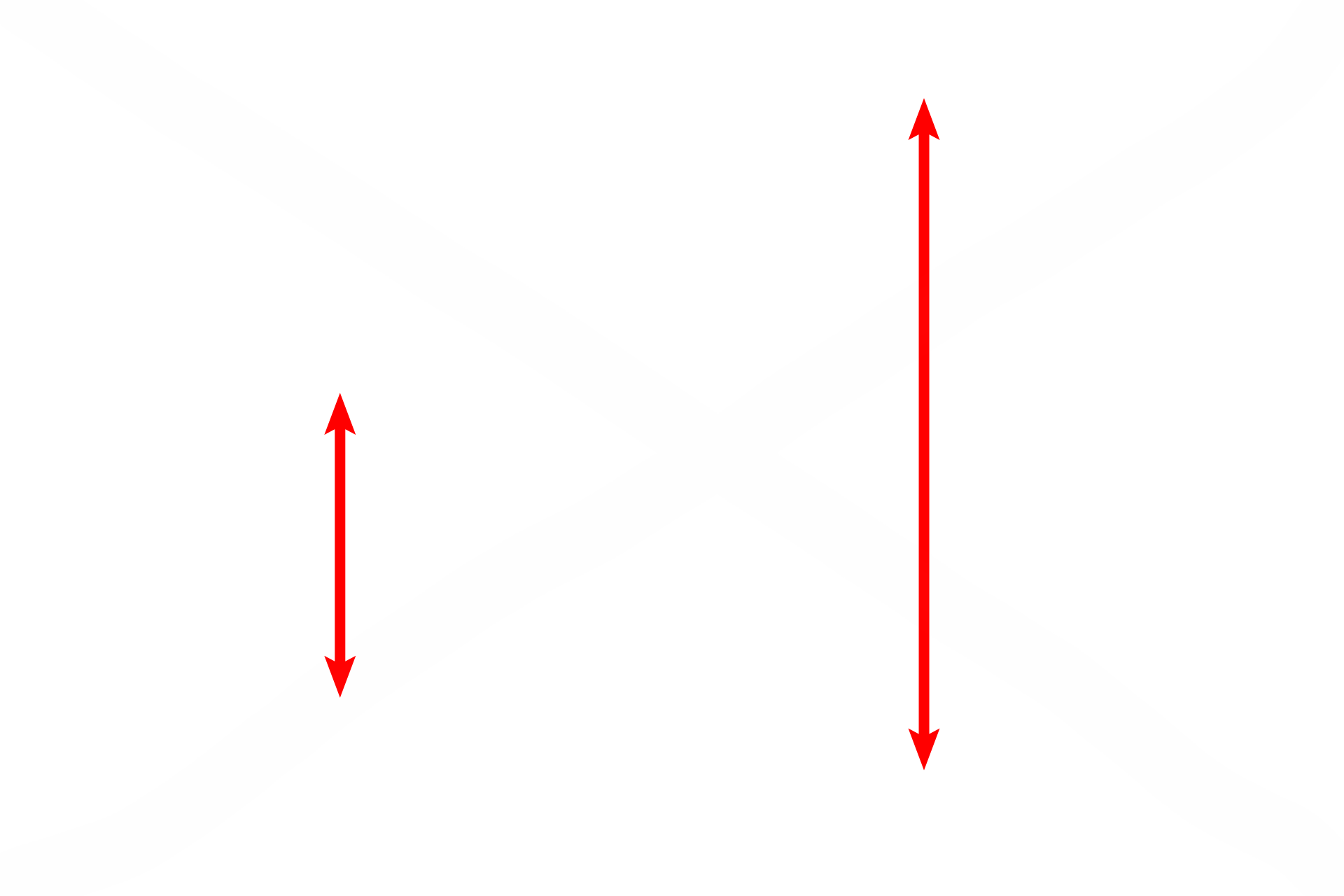
Interalveolar septum
This electron micrograph shows many of the components of the interalveolar septum illustrated in the cartoon. The attenuation of type I cell cytoplasm and the protrusion of the capillaries are most evident. Surfactant is not preserved during fixation of lung tissue, and no septal cells nor macrophages are present in this image. 4000x

- Capillaries
This electron micrograph shows many of the components of the interalveolar septum illustrated in the cartoon. The attenuation of type I cell cytoplasm and the protrusion of the capillaries are most evident. Surfactant is not preserved during fixation of lung tissue, and no septal cells nor macrophages are present in this image. 4000x
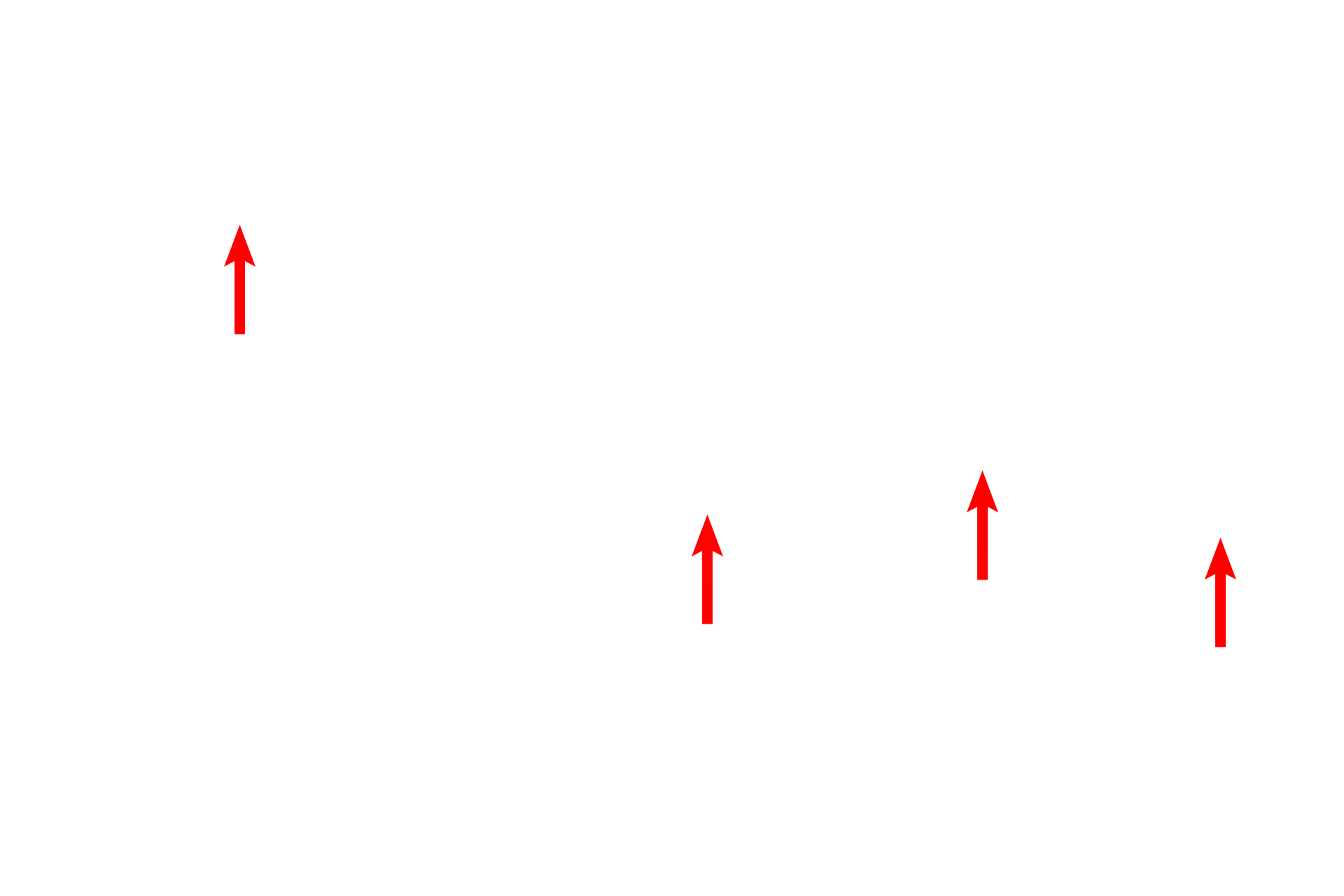
- Connective tissue core
This electron micrograph shows many of the components of the interalveolar septum illustrated in the cartoon. The attenuation of type I cell cytoplasm and the protrusion of the capillaries are most evident. Surfactant is not preserved during fixation of lung tissue, and no septal cells nor macrophages are present in this image. 4000x

- Fibroblast
This electron micrograph shows many of the components of the interalveolar septum illustrated in the cartoon. The attenuation of type I cell cytoplasm and the protrusion of the capillaries are most evident. Surfactant is not preserved during fixation of lung tissue, and no septal cells nor macrophages are present in this image. 4000x

- Type I cells
This electron micrograph shows many of the components of the interalveolar septum illustrated in the cartoon. The attenuation of type I cell cytoplasm and the protrusion of the capillaries are most evident. Surfactant is not preserved during fixation of lung tissue, and no septal cells nor macrophages are present in this image. 4000x
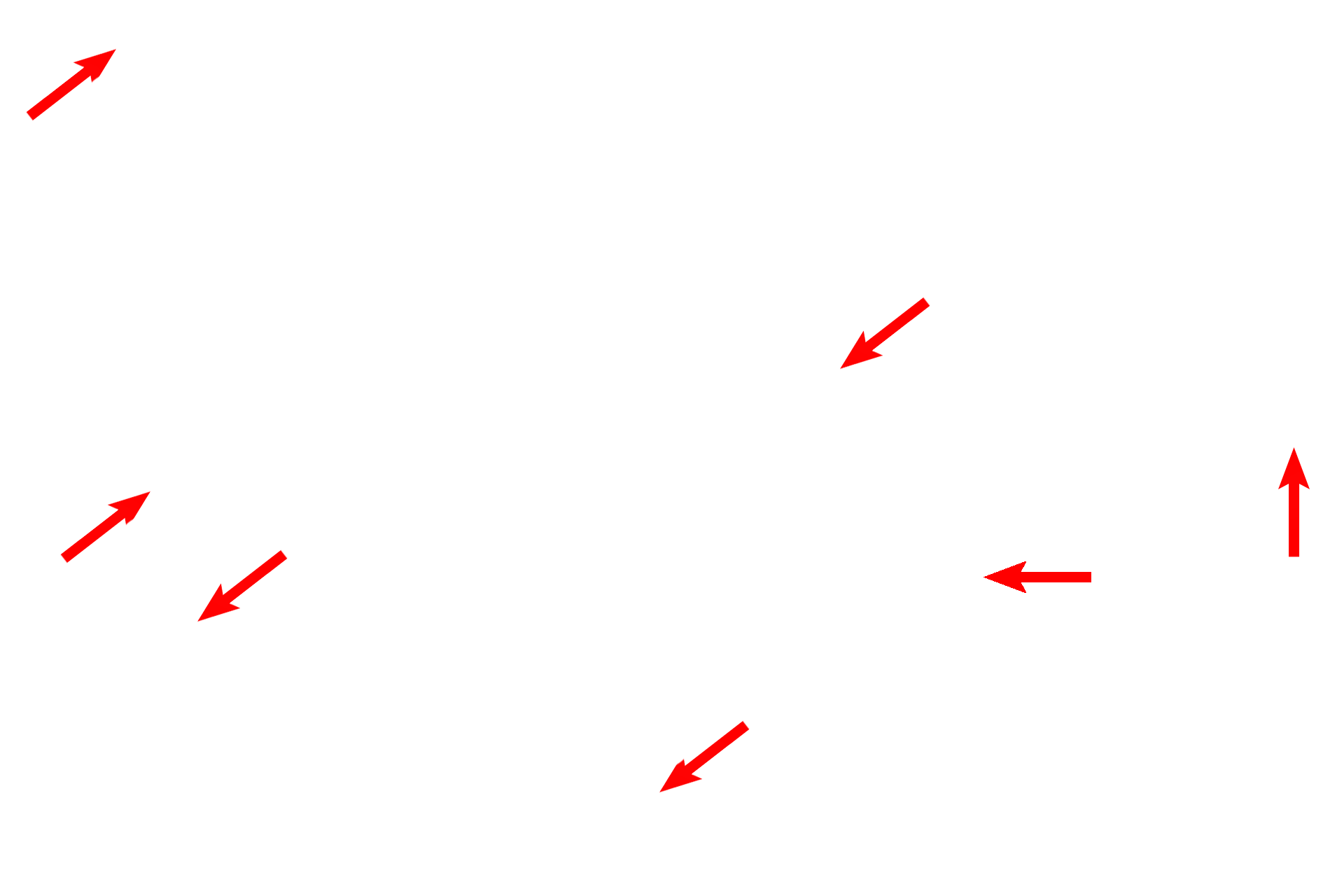
- Endothelial cells
This electron micrograph shows many of the components of the interalveolar septum illustrated in the cartoon. The attenuation of type I cell cytoplasm and the protrusion of the capillaries are most evident. Surfactant is not preserved during fixation of lung tissue, and no septal cells nor macrophages are present in this image. 4000x
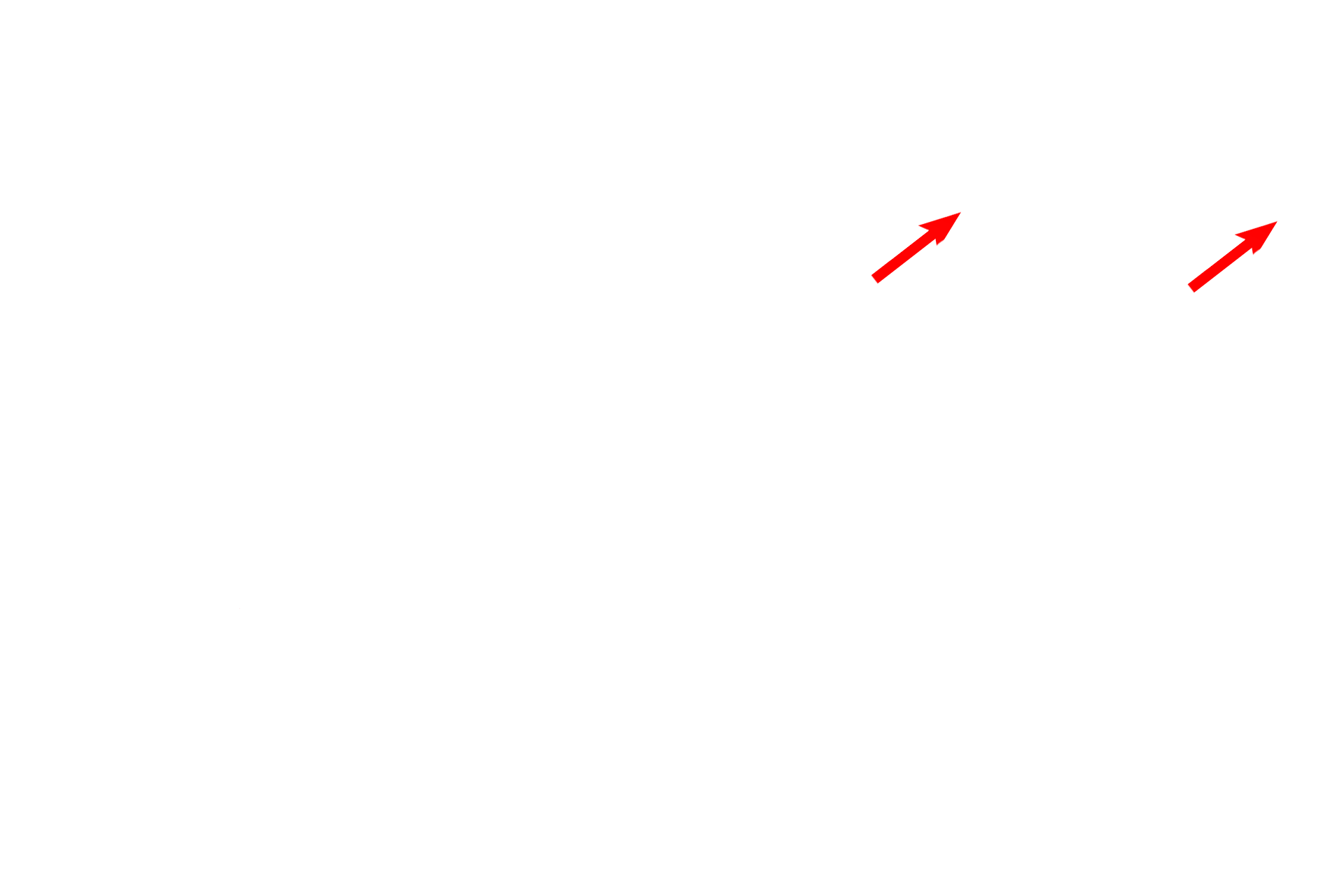
- Blood cells
This electron micrograph shows many of the components of the interalveolar septum illustrated in the cartoon. The attenuation of type I cell cytoplasm and the protrusion of the capillaries are most evident. Surfactant is not preserved during fixation of lung tissue, and no septal cells nor macrophages are present in this image. 4000x
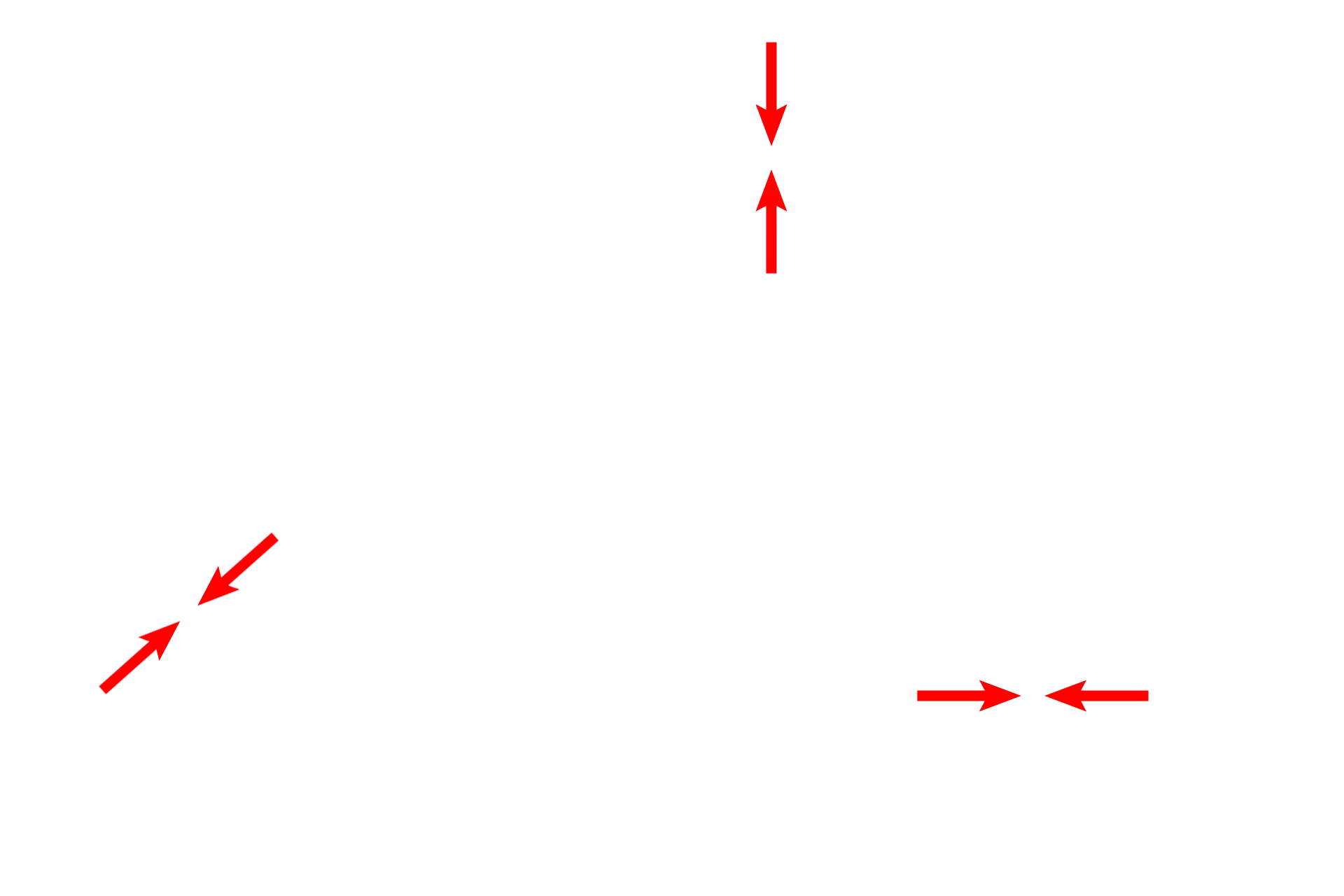
- Air-blood barrier
This electron micrograph shows many of the components of the interalveolar septum illustrated in the cartoon. The attenuation of type I cell cytoplasm and the protrusion of the capillaries are most evident. Surfactant is not preserved during fixation of lung tissue, and no septal cells nor macrophages are present in this image. 4000x